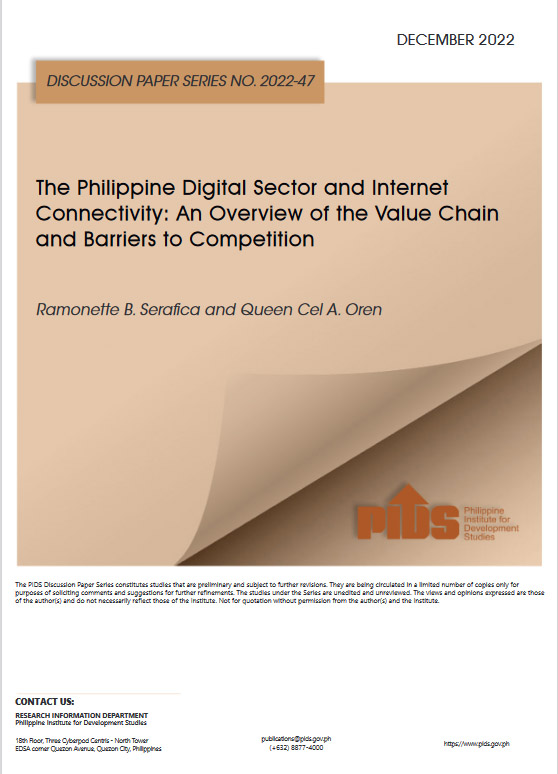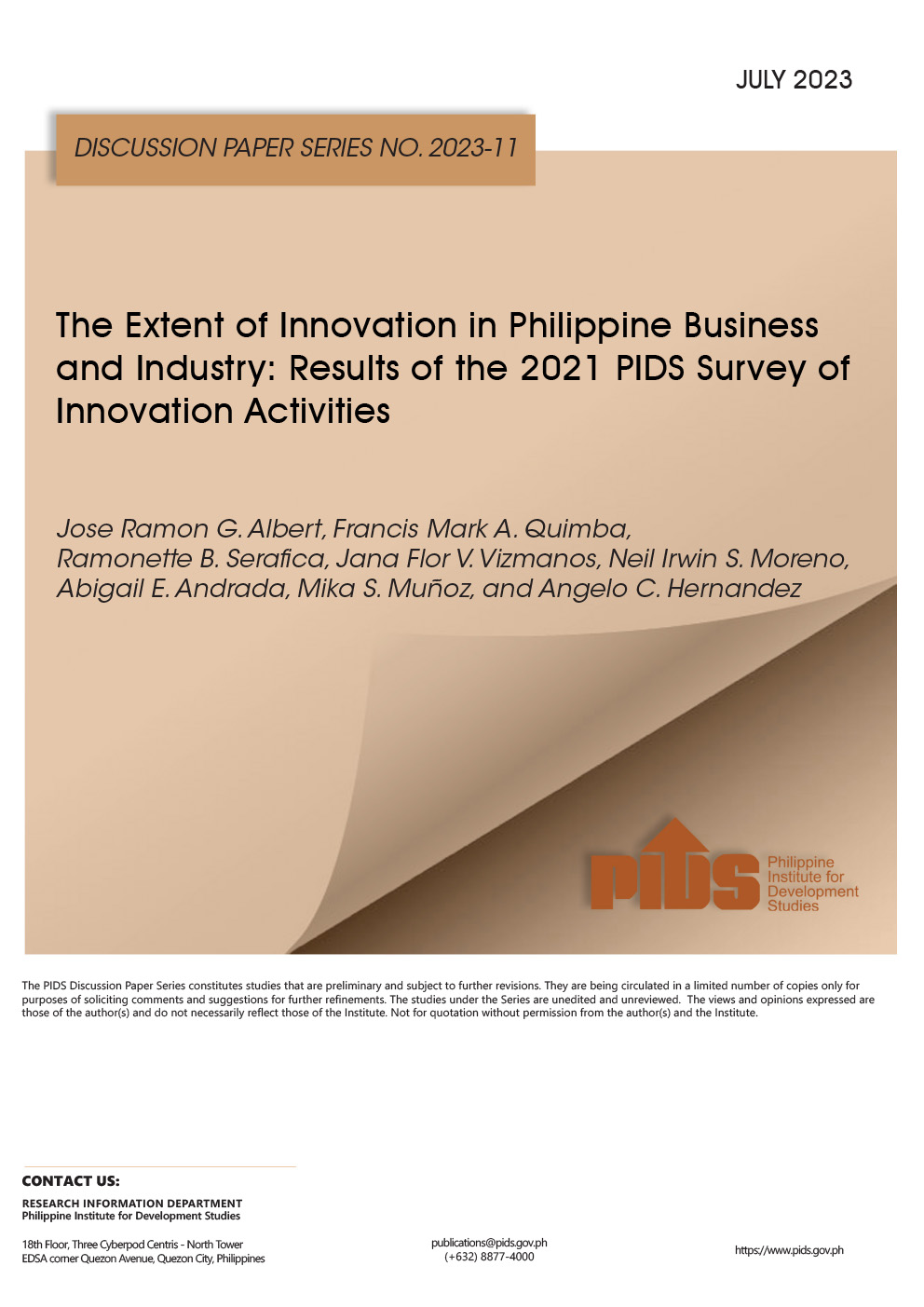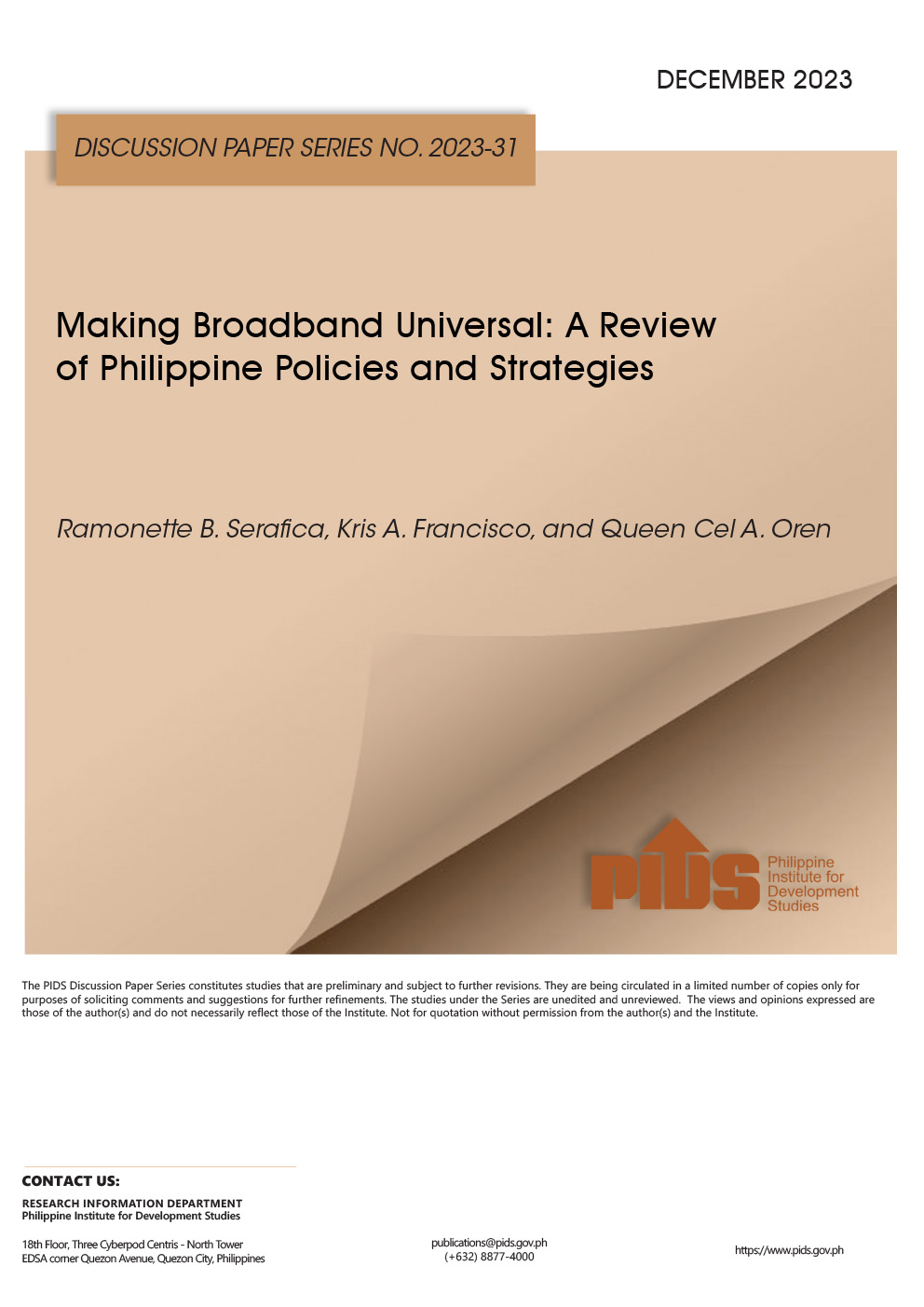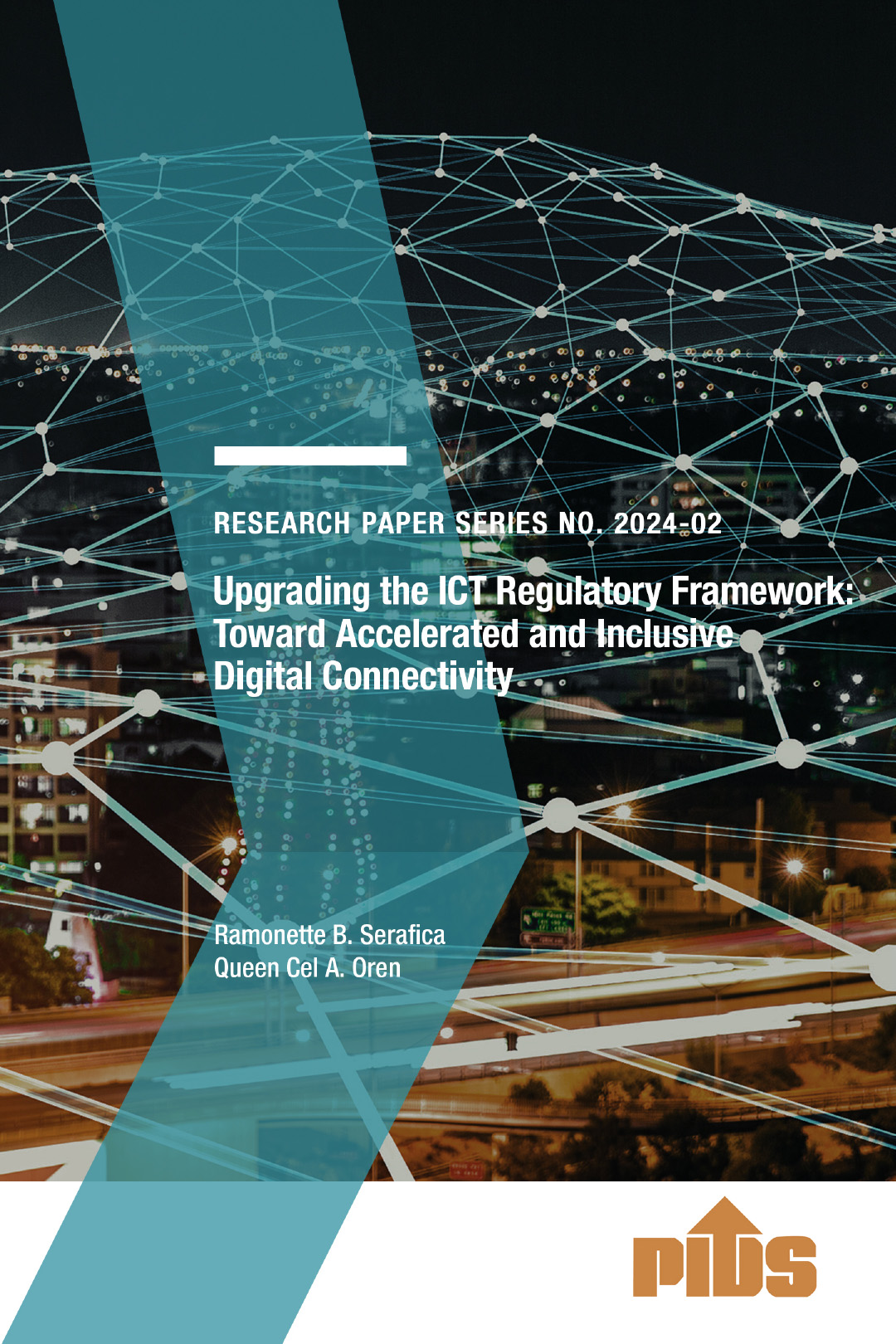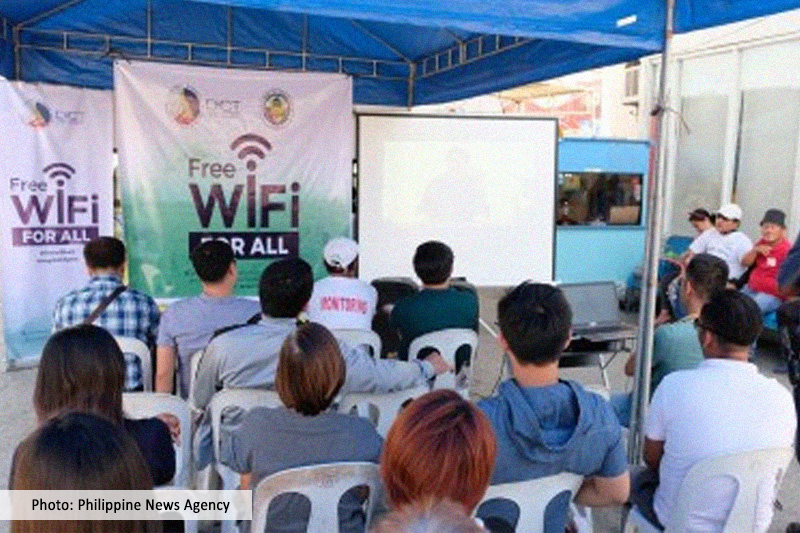The size of the digital sector is significant and comprises various activities, processes, and industries. The interdependence of different markets within and across segments of the digital value chain implies that barriers to entry and expansion in one industry can have far-reaching effects on the growth of the rest of the digital sector and the economy, more widely. Ensuring robust competition across the digital value chain is therefore of paramount importance.
Internet connectivity is the most critical element of the value chain as it links the various participants in the digital sector to the final users or consumers. It is also the segment that has the highest barriers to entry. Although natural barriers exist, regulatory and strategic barriers further constrain competition. Thus, access regulations will need to be strengthened and enforced. An open access framework and increased transparency will facilitate the growth of broadband. Adapting M&A guidelines, effective cross-sectoral regulatory cooperation, and investment in training will also reduce barriers to entry and expansion. Partnerships between the private and public sectors will also be necessary to reduce the digital divide in the country significantly.
The telecommunications industry has been dominated by two vertically integrated firms, which are also expanding their service portfolios to other segments. While vertical integration along the digital value chain could create efficiencies, significant market power could enable anticompetitive conduct and limit innovation. In the digital age, competitive pressures must be built into the entire value chain by lowering barriers to entry and expansion, removing bottlenecks to innovation, and reducing switching costs. Further analysis of particular segments or specific bottlenecks and anti-competitive practices will be useful in crafting appropriate regulatory approaches.
Comments to this paper are welcome within 60 days from the date of posting. Email publications@pids.gov.ph.
Citations
This publication has been cited 10 times
- Antivola, Miguel Hanz. 2023. Outdated regulations continue to impede Philippines’ digital readiness — experts. BusinessWorld.
- Blouberg, Café. 2022. PH requires an included internet connection. Café Blouberg.
- BusinessMirror. 2022. Govt urged to accelerate efforts to close digital gap. BusinessMirror.
- Daily Tribune. 2023. Policy reforms a must for inclusive Internet connectivity — PIDS study. Daily Tribune.
- DailyGuardian. 2023. Policy reforms a must for inclusive internet connectivity— PIDS study. DailyGuardian.
- DailyGuardian. 2023. ‘Glaring’ policy gaps in ICT stall wider internet reach, digital readiness. DailyGuardian.
- Manila Times. 2022. PH needs inclusive internet connectivity. Manila Times.
- Newsbytes.PH. 2023. ‘Glaring’ policy gaps in ICT stall wider PH Internet reach, digital readiness: experts. Newsbytes.PH.
- Outsource Accelerator. 2023. Policy reforms crucial to inclusive internet connectivity – gov’t think tank. Outsource Accelerator.
- Reyes, Nathan . 2023. Outdated laws are blocking Philippine digitalization. Unbox PH.

